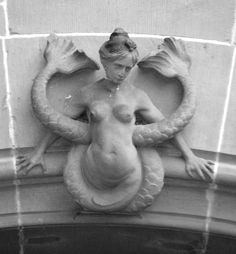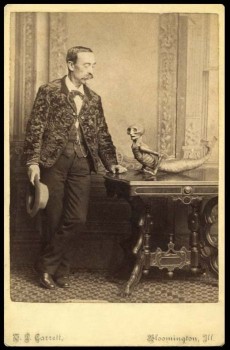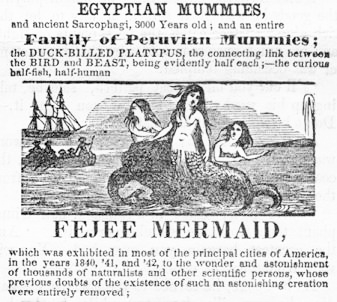I’m participating in the A to Z Blog Challenge for 2016 with the theme “Living in a Mermaid World from A to Z.” This means I’m posting every day during April, except Sunday’s – when we all take time off to catch our breath.
Today is dedicated to the letter F which means we are reading about mermaids in France.
The medieval tale I’d like to share is that of Melusine which is believed to have been written down in the 14th century.
Melusine was the daughter of a king and his fairy wife. When she learned of a promise her father had broken, she had him locked up in a tower. Her mother angrily put a curse on her that would cause her to become half fish on Saturdays.
Meanwhile, a count named Raymond accidently killed his uncle during the course of a boar hunt. He was filled with grief and wandered through the forest. He met up with Melusine who convinced him to return to the court and not tell anyone about his part in his uncle’s death. Raymond was enchanted by Melusine and proposed marriage. She accepted on the condition that she could build a castle in the woods where she would spend each Saturday and that he would never spy on her.
Raymond and Melusine married and had many sons, each with physical deformities. Raymond kept his promise to honor Melusine’s privacy on Saturdays until his brother planted a seed of mistrust in Raymond’s mind. He went to her castle and peered through a door where he saw her enjoying her enchanted bath. He discovered that she was a two tailed half fish.

When Melusine realized that he had betrayed her, she transformed into a dragon, flew away, and never returned.
As with most legends and folktales, there are many different versions about Melusine. An interesting source for more information can be found here on the British Library’s European Studies Blog.
F is also for Fabulous Fake – The Feejee Mermaid
I hesitate to include this bizarre story but it seems that there are always people claiming to have found mermaids. This may very well be the first mermaid hoax.

In 1823, a sea captain named Eades returned to Great Britain with a “mermaid” that he had bought in Japan. He exhibited it, and although taxidermists determined the top to be that of an monkey and the lower part a salmon he continued to claim that it was real.
In 1842 , Moses Kimbell of the Boston Museum, bought it for a small amount of money. He then contacted his friend P.T. Barnum who leased the creature for $12.50 a week.Barnum created a story about the mermaid being captured in the Fiji Islands and called it the Feejee Mermaid. Barnum placed advertisements in various newspapers showing traditional mermaids. People were very surprised by what they saw.

He even hired a “naturalist” to verify its authenticity. No one knows what happened to the original Feejee Mermaid. Some think it burned in a fire at P.T. Barnum’s museum. You can read more about the Feejee Mermaid here.
What do you think of these two stories?
Really enjoyed both these stories.
Malousine seems one of the many version of the lover who turns into a beast (or in this case, half a beast). It’s oen of my favourite.
And what about the ‘true’ mermaid? You know, while reading I was thinking that people used to be very naive about these things. then I thought what happens every day on social medias and the internet in general, and I reconsidered 😉
@JazzFeathers
The Old Shelter – Jazz Age Jazz
It’s too bad that some of the technology available today to determine what something is wasn’t around back in the 1800s when the “mermaid” was discovered.
The scientists who looked at it at the Boston Museum said that the taxidermy was well done but it obviously was a blending of species.
Isn’t it interesting what people choose to believe? We can convince ourselves of just about anything if we really want to. Great stories!
It would be interesting to blog about things people are trying to prove exist from aliens to zombies. Maybe someone has.